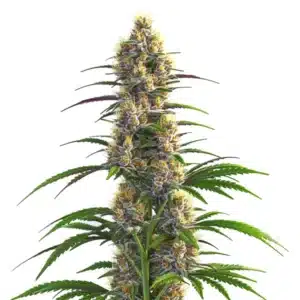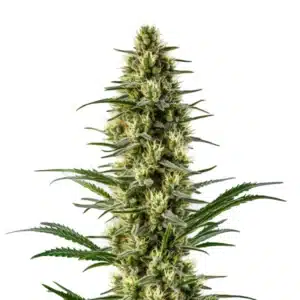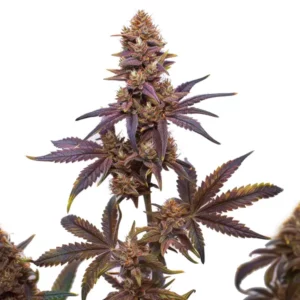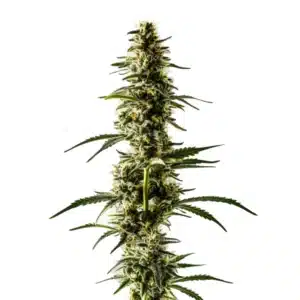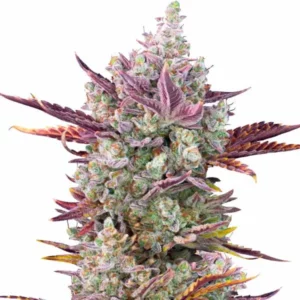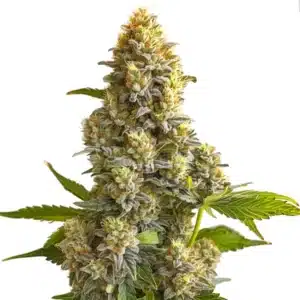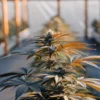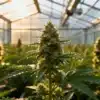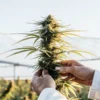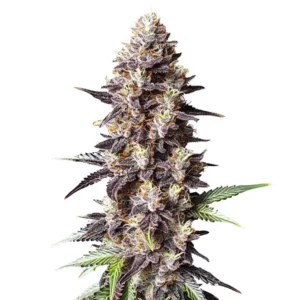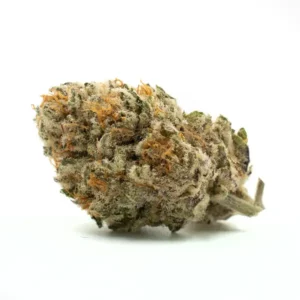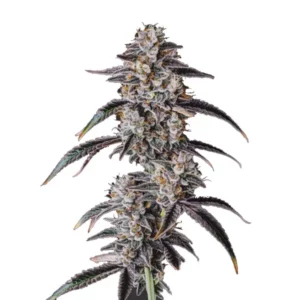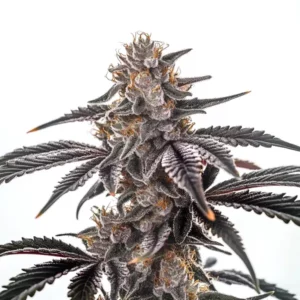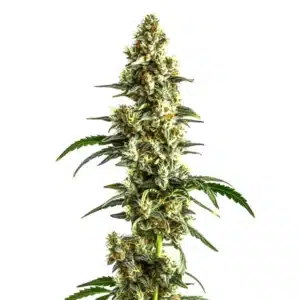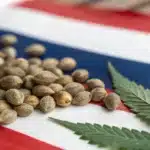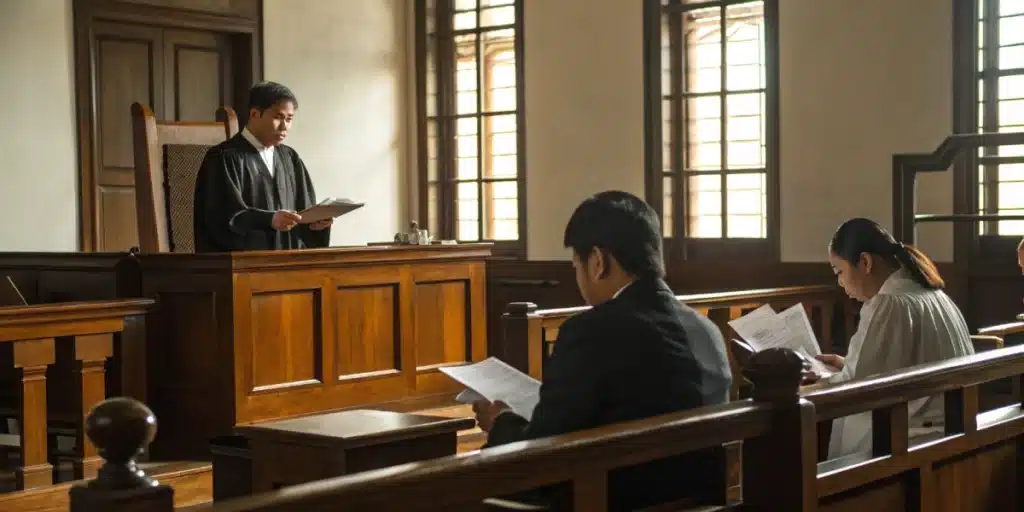
Is Marijuana Legal in the Philippines? Laws & Developments
Historical Drug Policy in the Philippines
Early Legislation and Enforcement
The Philippines first tackled drug issues with the Dangerous Drugs Act of 1972. Lawmakers framed cannabis alongside harder substances. They set harsh penalties to deter users. Officials launched patrols in urban areas. Police officers stopped vehicles, inspected belongings, and arrested suspects. Sessions in local courts often ended with fines or jail. This early push aimed to curb trafficking routes from Southeast Asia. Citizens faced strict consequences even for small amounts. Authorities believed tough rules would cut supply and demand.
Officials then bolstered national agencies. They formed the National Drug Advisory Council. This body set priorities for enforcement. It trained officers to identify packaging and street names. Field agents coordinated raids in rural villages. They seized plants and paraphernalia. Courts heard dozens of cases weekly. Judges rarely granted bail for repeat offenders. City councils banned cannabis farms near schools. Local governments passed ordinances that matched national law. This blend of national and local action showed how seriously leaders viewed drugs.
Recommended Strains
CBD Zenergy
|
|
CBD | 10% – 24% (Medium) |
|
|
Type | CBD Feminized |
|
|
Yield | Medium |
|
|
Phenotype | 40% Indica / 60% Sativa |
Agent Orange
|
|
THC | 21% - 22% (Medium) |
|
|
Type | Feminized |
|
|
Yield | High |
|
|
Phenotype | 25% Indica / 75% Sativa |
War on Drugs Impact
President Duterte launched a wide campaign in 2016. He ordered police to pursue dealers and users. Officers conducted thousands of operations each month. They raided homes without warning. They checked small communities for hidden farms. Captured suspects went straight to detention centers. The government reported thousands of killings linked to this drive. Human rights groups claimed many victims lacked fair hearings. Street-level officers often faced little oversight. Families of suspects protested at city halls. They demanded transparency in each case.
This forceful program shifted public mood. Some citizens welcomed the crackdown. They felt safer in crime-ridden neighborhoods. Others feared corrupt practices. They worried innocent people paid the price. International bodies criticized the scale of violence. They called for independent investigations. Local leaders tried to calm tensions with town hall meetings. They invited police and relatives to discuss incidents. Despite fierce debate, the campaign kept its momentum. It marked a turning point in how authorities approached drugs.
Shifts in Public Debate
Community voices started to question zero-tolerance approaches. Grassroots groups organized forums on health-centered solutions. They argued for treating addiction as a medical issue. They cited global studies showing therapy worked better than jail. These advocates spoke at universities and local radio. They asked officials to consider decriminalization models abroad. Lawmakers listened and held committee hearings. They invited experts to present evidence on harm reduction. Some town councils endorsed pilot programs for small-scale cultivation under permit.
At the same time, online activists shared personal stories. They posted videos of patients using cannabis for pain relief. Viewers reacted with sympathy and curiosity. Bloggers wrote articles that mixed facts and interviews. They stressed the difference between recreational use and medical care. These narratives gained traction on social media. They pushed journalists to dig deeper. Newspapers published feature stories that humanized patients. This shift broadened the debate beyond law enforcement. Citizens began to see cannabis in a new light.
Promos & Deals
Current Legal Status
Criminal Code Provisions
The Comprehensive Dangerous Drugs Act of 2002 remains the backbone of current law. This act classifies marijuana as a Class I dangerous drug. It defines possession, cultivation, and sale as illegal activities. The code sets out precise weight thresholds for different penalties. It instructs courts to impose fines and prison terms. Judges follow clear guidelines to ensure consistency. Officers reading the code can arrest suspects on sight. They perform searches with warrants or in hot pursuit. Courts then proceed with formal hearings under this statute.
Law enforcers reference this law in daily operations. They wear badges that cite specific articles. They carry printed copies to remote stations. Prosecutors draft charges based on the act’s sections. They outline each element needed for conviction. Defense attorneys review every phrase to find loopholes. Sometimes, judges rule that searches lacked legal basis. Other times, defendants plead guilty in exchange for reduced sentences. Despite these challenges, the code stands firm as the main legal framework.
Penalties for Possession and Sale
Possession of small amounts triggers up to four years in prison and a fine. If someone holds over ten grams, courts impose harsher terms. They can send convicts to a maximum of life imprisonment. Sellers face even stiffer punishments. They risk heavy fines and decades behind bars. Judges often add community service requirements. They order offenders to attend drug education classes. Victims of addiction may get treatment instead of jail. Families can petition courts for alternative sentencing under certain conditions.
Penalties apply to anyone caught with paraphernalia. Police seize pipes, rolling papers, and cultivation tools. Manufacturers of extraction equipment face criminal charges too. They can lose licenses for related businesses. Even landlords who rent to growers face legal action. Officials inspect warehouses and storefronts in cities. They monitor online marketplaces for illicit sales. Buying or selling through social media carries similar risks to street deals. Courts treat digital evidence with the same weight as physical proof.
Decriminalization Efforts
Lawmakers introduced several bills aiming to decriminalize small-scale possession. House Bill 7814 proposed removing criminal sanctions for up to ten grams. It focused on diversion to treatment programs. Sponsors argued this shift would free resources for major traffickers. The bill advanced through committee debates. Supporters cited success stories from Portugal and Canada. Opponents warned of increased recreational use among youth. They stressed public safety and moral values in their speeches.
Senators also drafted companion measures in the upper chamber. They held public consultations in Manila, Cebu, and Davao. They collected testimonies from medical experts and law enforcers. Some local governors showed support. They noted lower court backlogs in areas with lenient policies. Despite these signs of momentum, critics fueled uncertainty. They questioned how to prevent loopholes. They asked if local police would enforce relaxed rules. This tension has slowed progress, but advocates remain optimistic.
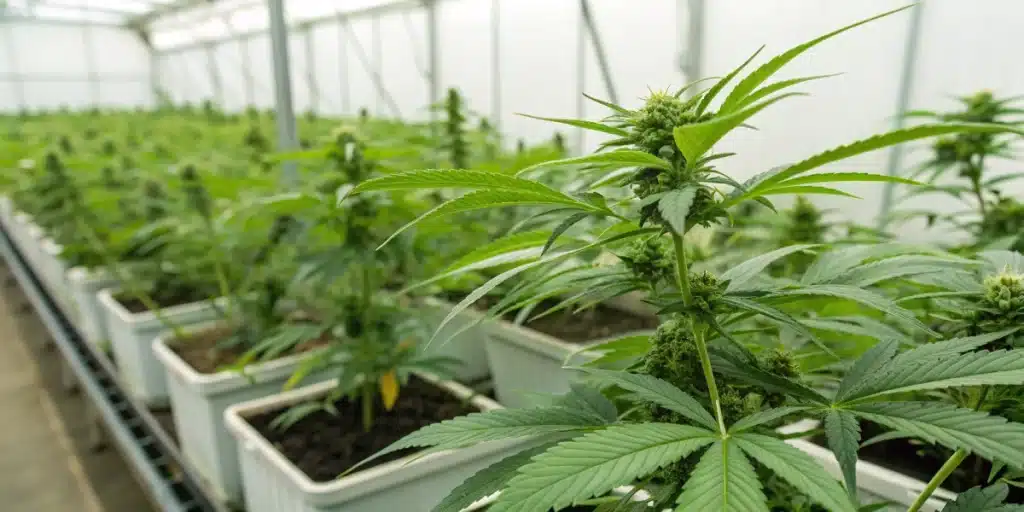
Medical Marijuana Regulations
Approved Conditions
At present, no law lists official medical conditions for cannabis use. Doctors cannot prescribe cannabis under existing regulations. Patients seeking relief rely on foreign products or unregulated sources. They form support groups to share experiences. They petition the health department to recognize conditions like chronic pain, epilepsy, and cancer. Advocates emphasize scientific studies on cannabis efficacy. They cite international guidelines that cover neuropathic pain and treatment-resistant epilepsy. They call for Philippine health authorities to follow suit.
Clinical specialists urge policymakers to adopt a formal list of conditions. They propose starting with severe cases, such as chemotherapy-induced nausea. They recommend strict oversight and training for physicians. They highlight models where doctors register as certified prescribers. Such programs monitor dosage and patient progress. This approach maintains safety while granting access. Without legislative backing, however, these proposals remain academic. Patients face barriers until lawmakers update the legal framework.
Licensing Process
Proposed bills suggest creating a licensing agency under the Department of Health. This agency would vet growers, processors, and dispensaries. It would set criteria for facility design, personnel qualifications, and security measures. Companies must submit detailed plans for cultivation, extraction, and distribution. Officials would perform background checks on owners and investors. They would audit facilities to prevent diversion to the black market. This model echoes regulations in Canada and several U.S. states.
Critics warn that extensive paperwork and fees could block small entrepreneurs. They suggest tiered licensing with lower costs for social enterprises. They also call for fast-track approval for local farmers. Pilot projects in Mindanao could test streamlined procedures. Some civic groups offer to train prospective growers. Still, the government has not issued any provisional licenses. This gap keeps the medical cannabis industry stalled. Stakeholders continue to lobby for clearer rules.
Access Challenges
Patients struggle to find reliable products. They face high import costs and long delivery times. Some resort to self-cultivation despite legal risks. Rural families lack local pharmacists familiar with cannabis. Urban clinics seldom stock cannabinoid-based medicines. Insurance providers do not cover these treatments. All these factors push patients toward unregulated markets. They risk consuming products of unknown potency and purity.
Healthcare professionals express frustration. They receive requests from patients who need compassionate access. Yet they cannot fulfill those needs under current rules. Some hospitals have informal policies to supply low-THC products, but they operate in legal gray areas. Pharmacists meet limited demand through small-scale imports. They often require cash payments and consent forms. These workarounds show demand exists, but legal barriers still block consistent service.
Enforcement Realities
Police Operations
Officers continue to conduct drug checkpoints on major roads. They inspect vehicles for hidden compartments and smell tests. They rely on sniffer dogs to detect cannabis presence. They also perform random house visits based on community tips. In city centers, they patrol parks known for recreational use. They confiscate small amounts and issue citations. They publish arrest statistics in local daily briefings to maintain transparency.
These operations often partner with barangay officials. Local leaders organize watch groups and hotlines. They report suspicious planting activities in backyards. Police respond with sweep operations in remote areas. They uproot fields and destroy plants. They document eradication efforts on social media. This visibility aims to deter growers. Despite these actions, some networks adapt by hiding crops in dense forests.
Court Cases and Sentencing
Drug courts handle most cannabis-related cases. They schedule hearings within weeks of arrest. Prosecutors present seized samples in court. Defense lawyers challenge evidence collection methods. They question chain of custody and search warrant validity. At times, judges dismiss cases for procedural errors. More often, they convict and hand down penalties.
Sentencing follows formulae in the Dangerous Drugs Act. Judges calculate years and fines based on plant weight. They also consider prior records. First-time offenders can get reduced terms under plea bargains. Repeat offenders rarely receive leniency. Judges may order community service in lieu of jail. They sometimes require attendance in rehabilitation programs hosted by NGOs. This mix of punishment and treatment reflects shifting priorities in the justice system.
Community Responses
Nonprofit groups offer legal aid to arrested individuals. They run workshops on safe procedures and citizens’ rights. They coach families on how to navigate court processes. These organizations also provide emotional support. They host weekly meetings in community centers. Volunteers share resources like bail fund information and counseling referrals.
Local churches and civic clubs join harm reduction campaigns. They sponsor drug awareness fairs and medical screenings. They set up mobile clinics in rural towns. They encourage open dialogue between police and residents. These events often include talks by former users who now advocate for reform. By fostering trust, they aim to reduce stigma. They also gather data on community needs to inform policy suggestions.
Outlook for Reform
Legislative Proposals
Lawmakers continue to draft bills that address medical cannabis access and decriminalization. Some proposals include strict licensing, patient registries, and quality control measures. Others focus on expunging records of minor offenders. They seek to clear court backlogs and reduce prison overcrowding. Committees discuss new amendments every session. They balance health concerns with public safety priorities.
Experts predict that incremental change will come first. They expect decriminalization for personal use before full medical legalization. They point to government statements supporting patient access. Yet they note political hurdles in conservative districts. They call for data-driven advocacy to sway undecided legislators. Public hearings remain open to citizen input. Advocates plan to submit detailed reports and expert testimonies in the coming months.
Advocacy Groups’ Influence
Organizations like the Philippine Coalition for Medical Cannabis drive public support. They host webinars and social media campaigns. They partner with international NGOs to share best practices. They collect patient surveys to showcase real-world benefits. They meet with legislators in small groups to present data. They also work with academic institutions to fund local studies.
These groups influence media coverage. Journalists often cite their research when writing feature articles. They craft persuasive messages highlighting patient stories. They stress compassion and scientific evidence. Their efforts shape public opinion and build momentum for change. They also network with regional groups in ASEAN to coordinate strategies and exchange insights. This solidarity strengthens their position in policy debates.
Regional Comparisons in ASEAN
Thailand led Southeast Asia by legalizing medical cannabis in 2018. It allowed home cultivation under license and set clear patient registers. Malaysia and Vietnam maintain strict prohibition similar to the Philippines. They impose heavy penalties without medical exceptions. Singapore enforces zero tolerance, with mandatory death sentences for trafficking large quantities.
These contrasts offer lessons for Manila. Thailand’s model shows how patient registries and quality control can work. It also highlights the need for public education on proper use. Malaysia’s caution warns of the risks of opening markets without strong oversight. Singapore demonstrates the impact of severe punishments on black markets. Philippine lawmakers study each example to design a framework that fits local culture and health infrastructure.
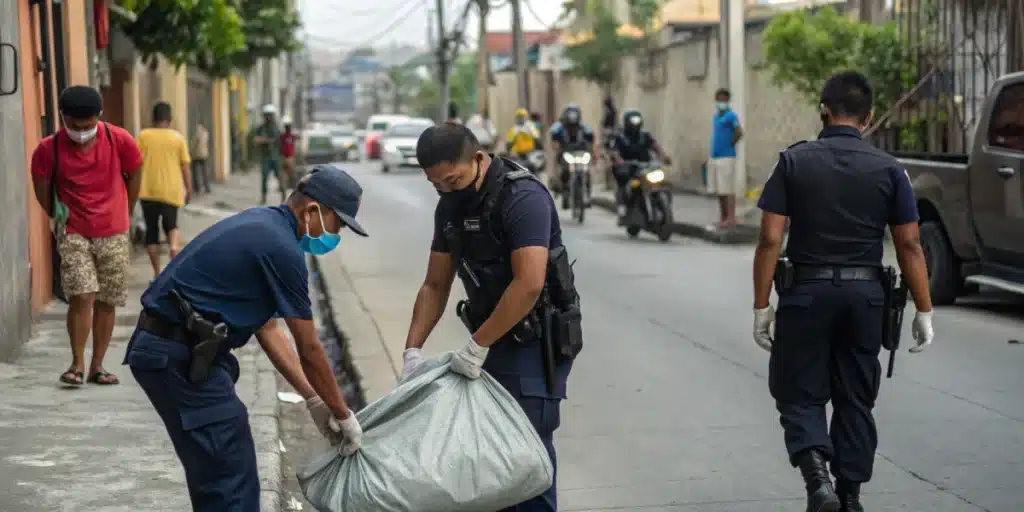
FAQs about is marijuana legal in the philippines
Can patients cultivate cannabis at home?
Patients cannot grow cannabis at home under current law. They face criminal charges if authorities discover plants. Even small personal gardens trigger arrests and fines. Families who attempt home cultivation often encounter raids and legal hurdles. Advocates recommend waiting for formal medical regulation before planting. Licensed cultivation will likely require secure facilities and government approval once reform bills pass.
Are CBD products regulated differently?
Local authorities do not distinguish CBD from other cannabis compounds. All extracts with any THC content remain illegal. Vendors and pharmacists cannot legally sell CBD oils or capsules. Some sellers operate online under unclear rules, risking shutdowns. Patients using CBD face the same penalties as those possessing marijuana. True regulation of CBD awaits comprehensive reforms that specify allowable THC limits and quality standards.
What’s the penalty for first-time offenders?
First-time offenders caught with up to ten grams of cannabis risk six months to four years in prison. They also face fines ranging from fifty thousand to two hundred thousand pesos. Judges can order diversion programs instead of jail time. Probation and mandatory counseling often accompany these sentences. Repeat offenders receive harsher terms and larger fines, which aim to discourage further violations.


